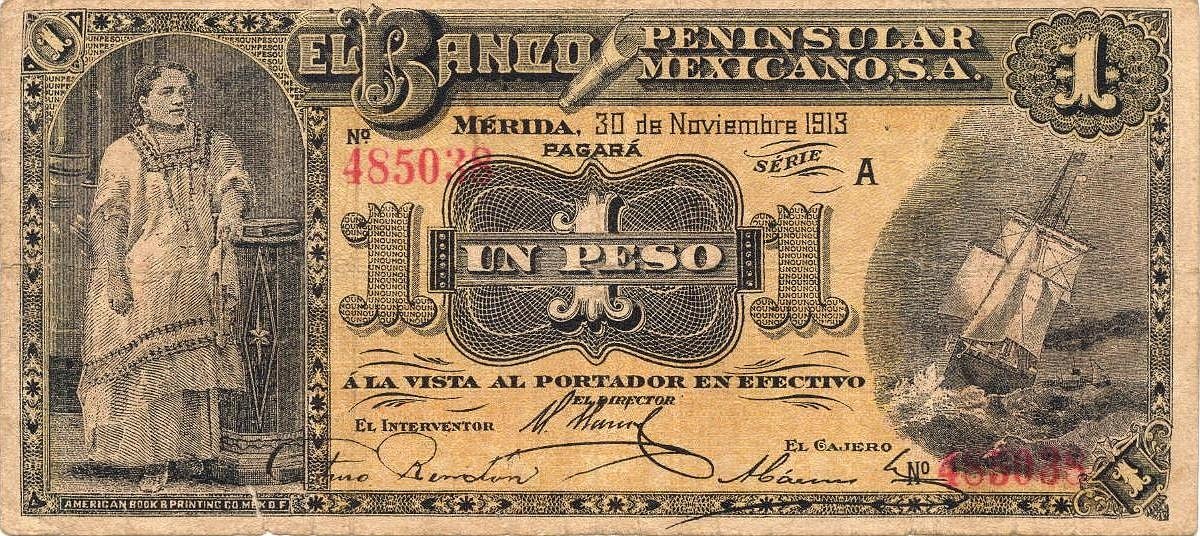Achieving financial health might seem daunting, like climbing a mountain without the right gear. However, much like any worthwhile journey, the path to financial well-being is paved with knowledge, planning, and consistent effort. It’s not about restricting yourself; it’s about understanding your finances, setting realistic goals, and making informed decisions that allow you to live comfortably today while securing your future. This post provides a comprehensive guide to navigating the intricacies of personal finance and achieving long-term financial stability.
Understanding Your Current Financial Situation
Assessing Your Income and Expenses
Before you can chart a course to financial health, you need to know where you stand. This involves a thorough assessment of your current income and expenses.
- Income: List all sources of income, including salary, freelance work, investments, and any other form of revenue. Be as accurate as possible.
- Expenses: Track your spending habits for at least a month. You can use budgeting apps, spreadsheets, or even a good old-fashioned notebook. Categorize your expenses into:
Fixed Expenses: These are recurring expenses that remain relatively constant each month, such as rent/mortgage, loan payments, and insurance premiums.
Example: Rent of $1,500/month, Car Loan of $300/month.
Variable Expenses: These fluctuate from month to month and include things like groceries, utilities, entertainment, and transportation.
Example: Groceries averaging $400/month, Electricity bill varying between $50-$150/month.
Discretionary Expenses: These are non-essential expenses, such as dining out, movies, and hobbies.
Example: Eating out $200/month, Subscription services like Netflix and Spotify totaling $30/month.
By analyzing your income and expenses, you’ll gain valuable insights into where your money is going and identify areas where you can cut back. According to the Bureau of Labor Statistics, the average household spends around 6% of their income on entertainment – maybe you can find savings there!
Calculating Your Net Worth
Your net worth is a snapshot of your financial health at a given point in time. It’s calculated by subtracting your liabilities (what you owe) from your assets (what you own).
- Assets: These include things like:
Cash in checking and savings accounts
Investments (stocks, bonds, mutual funds, retirement accounts)
Real estate
Personal property (vehicles, jewelry, valuable collectibles)
- Liabilities: These include things like:
Credit card debt
Student loans
Mortgage
Car loans
Personal loans
- Example: Suppose you have $20,000 in savings, $50,000 in investments, and own a house worth $300,000. Your assets total $370,000. If you have a $200,000 mortgage, $10,000 in student loans, and $5,000 in credit card debt, your liabilities total $215,000. Your net worth is $370,000 – $215,000 = $155,000.
Tracking your net worth over time allows you to monitor your progress towards your financial goals. A growing net worth indicates improving financial health.
Setting SMART Financial Goals
Having clear, well-defined financial goals is crucial for staying motivated and focused on your financial journey. Use the SMART framework:
Specific
Your goals should be clearly defined. Instead of “save more money,” try “save $5,000 for a down payment on a car.”
Measurable
Establish metrics to track your progress. How will you know when you’ve achieved your goal? For example, “reduce credit card debt by $100 per month.”
Achievable
Set realistic goals that are within your reach. Don’t set yourself up for failure by aiming for something unattainable. A 5% salary increase might be more achievable than a 50% increase.
Relevant
Your goals should align with your values and overall life plan. Make sure your financial goals support your broader aspirations. Are you saving for a house, retirement, or your children’s education?
Time-bound
Set a deadline for achieving each goal. This creates a sense of urgency and keeps you on track. “Pay off my student loans in 5 years” is a time-bound goal.
- Example: A SMART goal could be: “I will save $300 per month for the next 12 months to create an emergency fund of $3,600 by December 31st.”
Budgeting and Saving Strategies
Effective budgeting and saving are the cornerstones of financial health. There are various budgeting methods to choose from.
The 50/30/20 Rule
Allocate 50% of your income to needs (essentials like housing, food, transportation), 30% to wants (non-essential expenses like entertainment and dining out), and 20% to savings and debt repayment.
- Example: If your monthly income is $4,000, allocate $2,000 to needs, $1,200 to wants, and $800 to savings and debt repayment.
Zero-Based Budgeting
Allocate every dollar of your income to a specific category, ensuring that your income minus your expenses equals zero. This requires meticulous planning but provides a clear picture of where your money is going.
Envelope System
Use cash for certain spending categories (like groceries and entertainment) and place the allocated amount in separate envelopes. Once the envelope is empty, you can’t spend any more in that category for the month.
Automating Savings
Set up automatic transfers from your checking account to your savings or investment accounts each month. This “pays yourself first” and ensures that you consistently save money without having to think about it. Consider setting up recurring transfers to your 401k or IRA.
High-Yield Savings Accounts
Take advantage of high-yield savings accounts or money market accounts to earn more interest on your savings compared to traditional savings accounts. Look for FDIC-insured accounts.
Managing Debt Effectively
Debt can be a significant obstacle to financial health. Managing it effectively is essential.
Prioritizing High-Interest Debt
Focus on paying off high-interest debt first, such as credit card debt, as it can quickly accumulate and become overwhelming. The “avalanche method” involves paying off the debt with the highest interest rate first, while making minimum payments on other debts.
Debt Consolidation
Consider consolidating your debts into a single loan with a lower interest rate. This can simplify your payments and potentially save you money over time. Options include personal loans or balance transfers. Be wary of balance transfer fees and introductory periods that expire.
Avoiding Unnecessary Debt
Be mindful of your spending habits and avoid accumulating unnecessary debt. Before making a purchase, ask yourself if it’s a need or a want, and whether you can afford it. Consider waiting 24 hours before making impulsive purchases.
Negotiating with Creditors
If you’re struggling to make payments, contact your creditors and explore options like lower interest rates, payment plans, or temporary deferments. Many creditors are willing to work with you to avoid default.
- Example: If you have a credit card with a 20% interest rate and a balance of $5,000, paying it off could save you hundreds, or even thousands, of dollars in interest charges.
Investing for the Future
Investing is crucial for long-term financial health and achieving goals like retirement.
Understanding Investment Options
Familiarize yourself with various investment options, including:
- Stocks: Represent ownership in a company and offer the potential for high returns but also carry higher risk.
- Bonds: Represent loans made to a government or corporation and are generally considered less risky than stocks.
- Mutual Funds: Pools of money from multiple investors that are used to purchase a diversified portfolio of stocks, bonds, or other assets.
- Exchange-Traded Funds (ETFs): Similar to mutual funds but trade like stocks on an exchange.
- Real Estate: Investing in property can provide rental income and potential appreciation in value.
Diversifying Your Portfolio
Spread your investments across different asset classes, industries, and geographic regions to reduce risk. Diversification helps protect your portfolio from significant losses if one investment performs poorly.
Retirement Planning
Take advantage of employer-sponsored retirement plans like 401(k)s, especially if your employer offers matching contributions. Also, consider opening an Individual Retirement Account (IRA) to supplement your retirement savings. Roth IRAs offer tax-free withdrawals in retirement, while traditional IRAs offer tax deductions in the year of contribution. Start saving early! Even small amounts saved consistently over time can compound significantly thanks to the power of compound interest.
- Example: Starting to save $200 per month at age 25 and earning an average annual return of 7% could result in over $600,000 saved by age 65.
Seeking Professional Advice
Consider consulting with a financial advisor who can help you create a personalized investment plan based on your financial goals, risk tolerance, and time horizon. A Certified Financial Planner (CFP) can provide comprehensive financial planning services.
Conclusion
Achieving financial health is a journey, not a destination. By understanding your current financial situation, setting SMART goals, implementing effective budgeting and saving strategies, managing debt responsibly, and investing wisely, you can take control of your finances and build a secure future. Remember to review your financial plan regularly and make adjustments as needed to stay on track. Financial health is within your reach, one step at a time.




